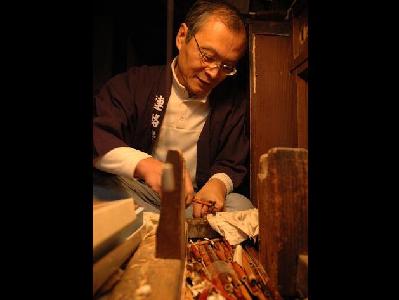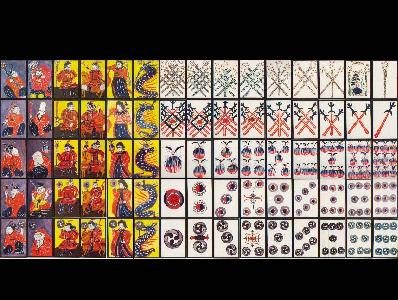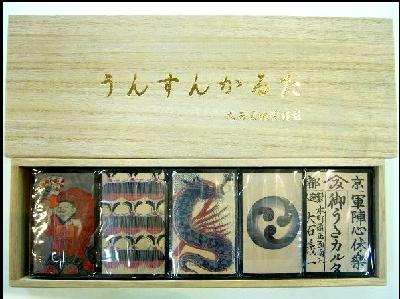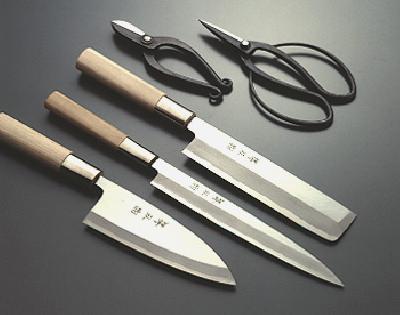|
Kiseru is an old style Japanese smoking pipe. Kiseru were used for smoking flake tobacco, but some use for smoking a cigarettee or others for a half-cut cigarettee recently. The word kiseru comes from the Khmer word “ksher.”
Kiseru were invented in Japan in the 16th century, when the Portuguese came to Japan for the Nanban trade after the arrival of guns. The origin of kiseru making is not clear but it is said that Japanese craftsmen began to make kiseru by modeling after smoking pipes the Portuguese were using.
In the Edo period (1603-1868), when flake tobacco were extremely popular, kiseru were indispensable items for tobacco smokers. The kiseru was a kind of a status symbol and a fancy accessory. There were many kiseru in different sizes, length and shapes and of different materials. Tobacco smokers had their own favorite kiseru according to their finaccial positions. However, since extravagance was prohibited by the Tokugawa shogunate, only warriors, wealthy merchants, and prostitutes were allowed to use kiseru until the end of the Edo period.
Kiseru were invented in Japan in the 16th century, when the Portuguese came to Japan for the Nanban trade after the arrival of guns. The origin of kiseru making is not clear but it is said that Japanese craftsmen began to make kiseru by modeling after smoking pipes the Portuguese were using.
In the Edo period (1603-1868), when flake tobacco were extremely popular, kiseru were indispensable items for tobacco smokers. The kiseru was a kind of a status symbol and a fancy accessory. There were many kiseru in different sizes, length and shapes and of different materials. Tobacco smokers had their own favorite kiseru according to their finaccial positions. However, since extravagance was prohibited by the Tokugawa shogunate, only warriors, wealthy merchants, and prostitutes were allowed to use kiseru until the end of the Edo period.
| [+ADDRESS] | 
|



















